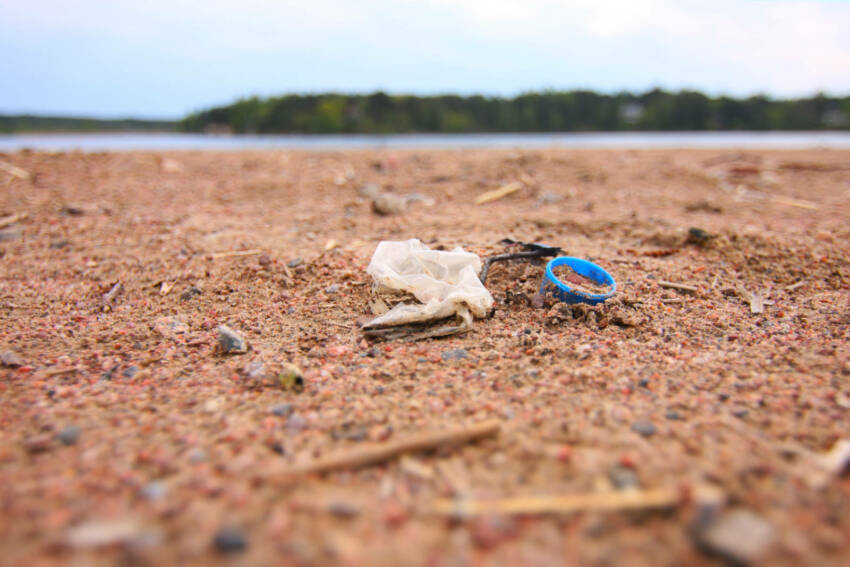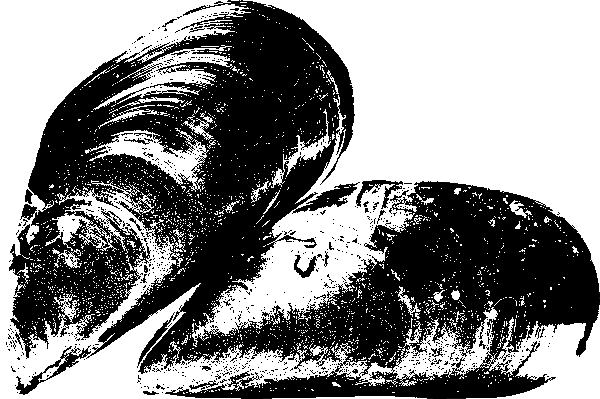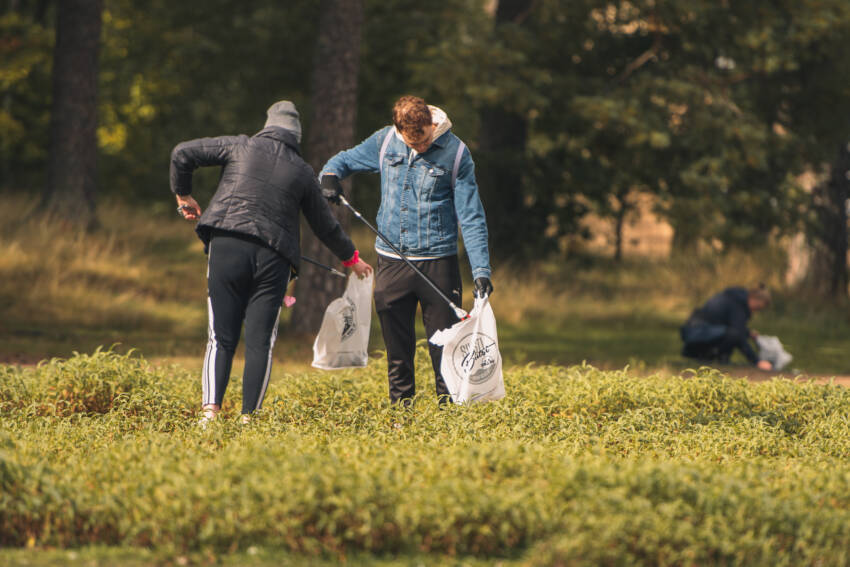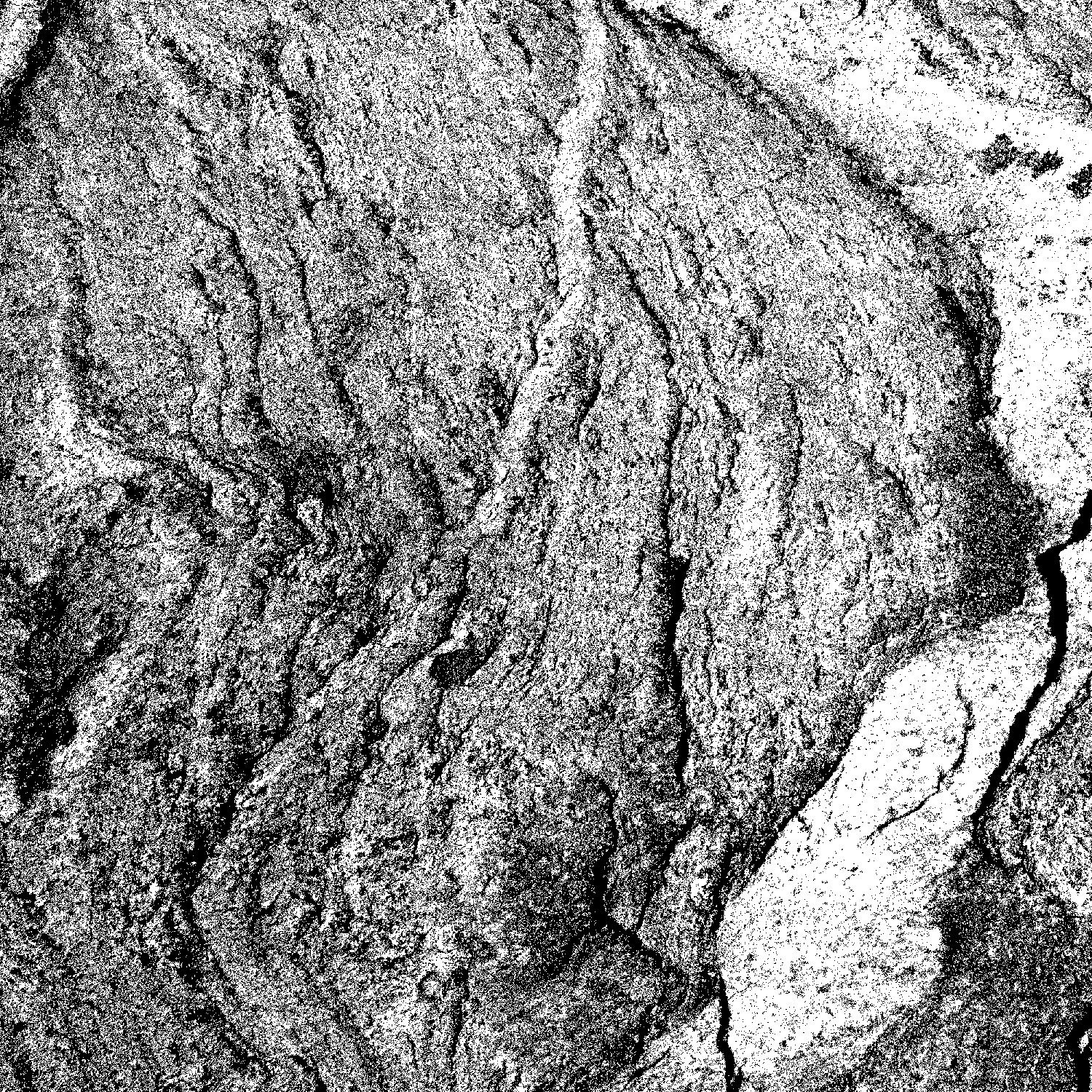Beach litter monitoring
Keep the Archipelago Tidy has been working against littering in waterways since it was founded in 1969. In recent years, we have focused on the quantity, quality and routes of litter from beaches into waterways. Beach litter monitoring is a part of the EU Marine Strategy Framework Directive’s obligation to monitor the status of regional seas.

Methodology for beach litter monitoring from project MARLIN
During 2011–2013, Keep the Archipelago Tidy participated in a Baltic marine litter project titled MARLIN – Litter Monitoring and Raising Awareness, which was funded from EU’s Interreg IVA Central Baltic -program. The project developed a methodology for beach litter monitoring based on UNEP recommendations in order to make the data internationally comparable. In addition to Finland, MARLIN involved Sweden, Estonia and Latvia, and all countries used the same methodology for beach litter monitoring. The monitoring has continued similarly in all countries.
In MARLIN, each country selected different types of beaches for monitoring. Litter was collected from the same area three times a year, at different times of the year. The litter collected was counted and classified according to the original product’s intended use and its material. In 2012, seven beaches were included in the Finnish monitoring. The monitoring was carried out on a voluntary basis.
Beach litter monitoring – how is it done?
The length of the beach to be monitored should be 100 metres long and at least 10 metres deep.
All litter larger than 2.5 centimeters is counted from the monitoring area.

Finland’s monitoring beaches had the most litter
Those beaches in Finland that were involved in the MARLIN project had relatively high levels of litter and some even had the highest levels of litter in comparison with other participant countries’ monitoring beaches. This is explained by the fact that three of the seven Finnish monitoring beaches were urban, such as Pihlajasaari in Helsinki, and had a lot of construction-related litter. In Ruissalo in Turku, the amount of cigarette butts was very high.
Common to the results for all countries was the high proportion of plastic in all the litter found on beaches. On average, 60% of all litter was plastic, ranging from 50% to 90% depending on the beach. The monitoring data also showed that those beaches that located in or near cities had the most litter of all the monitoring beaches.
The MARLIN project ended at the end of 2013, but it is crucial to continue beach litter monitoring. Keep the Archipelago Tidy has continued beach litter monitoring on the same beaches and has even increased the number of monitoring beaches. In 2014, the association carried out beach litter monitoring with its own funding. Since 2015, the monitoring has been funded by the Finnish Ministry of Environment. Keep the Archipelago Tidy forwards the monitoring data to the Finnish Environment Institute(siirryt toiseen palveluun), which reports it to the EU database and to the funding body.
In 2023, Keep the Archipelago Tidy monitors litter on 14 beaches. The northernmost beach is located in Kalajoki, the southernmost in Utö and the easternmost in Lehmänsaari, Kotka. The beaches are classified according to their level of use and location. The types of beaches are urban, semi-urban and natural.

Clean Beach – towards litter-free beaches
Clean Beach is a beach clean-up and litter collection programme organised by Keep the Archipelago Tidy. The purpose of the programme is to tidy up our country’s beaches, raise awareness about the littering situation, collect information about littering on our beaches, and facilitate the combining of concrete environmental work and a fun day outdoors. Clean-up events can be organised by associations, clubs, recreational groups, schools, towns, municipalities, companies and private persons.
